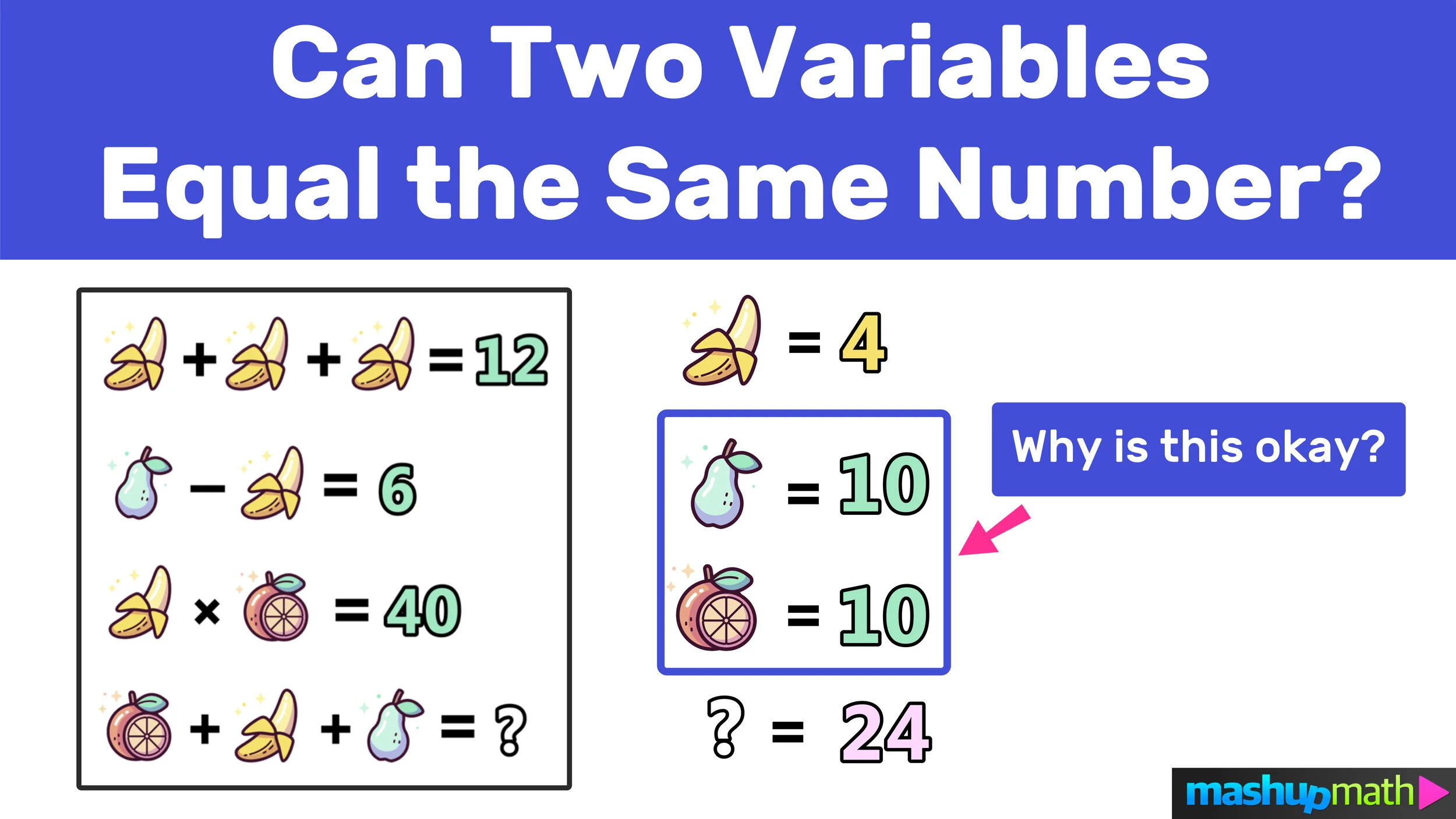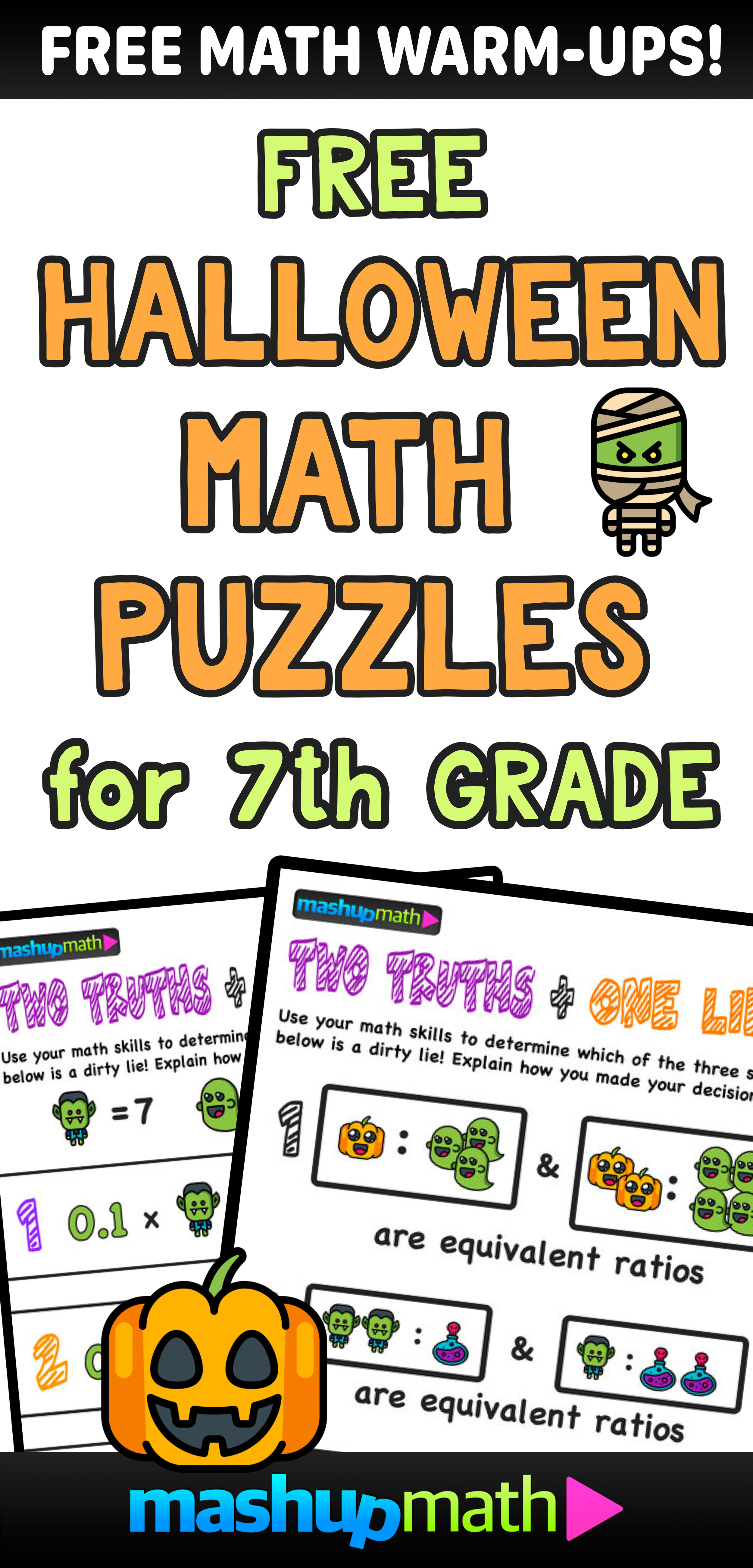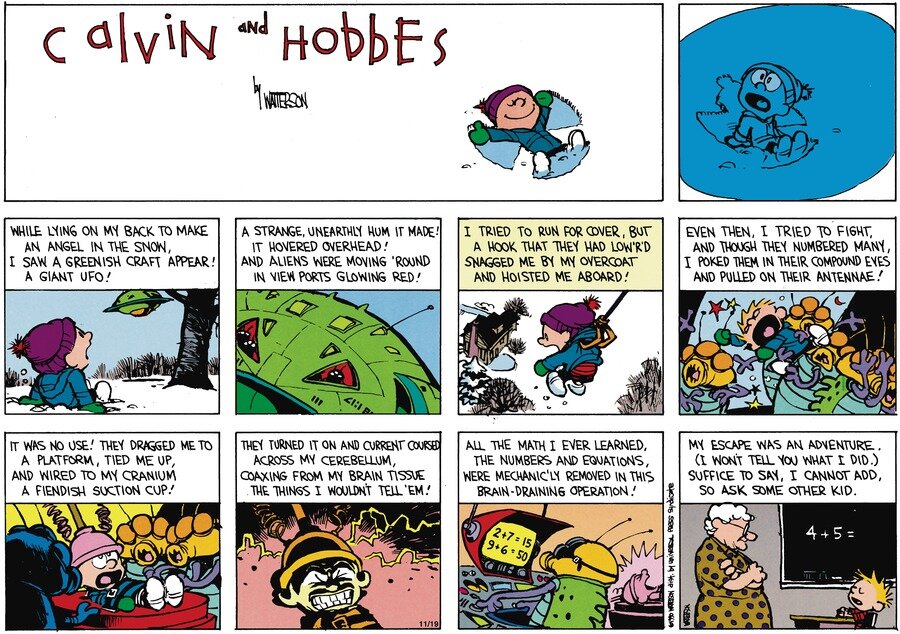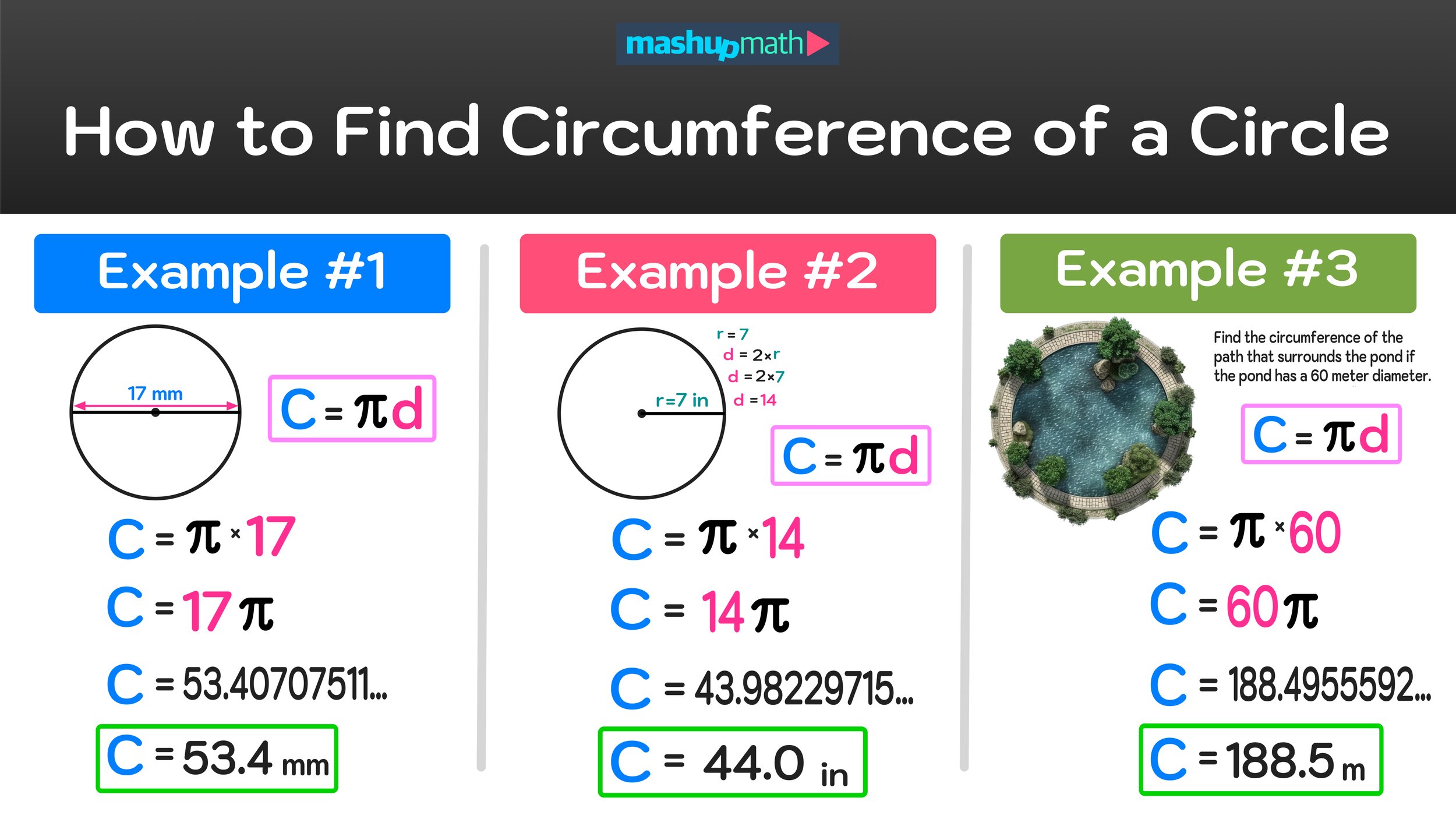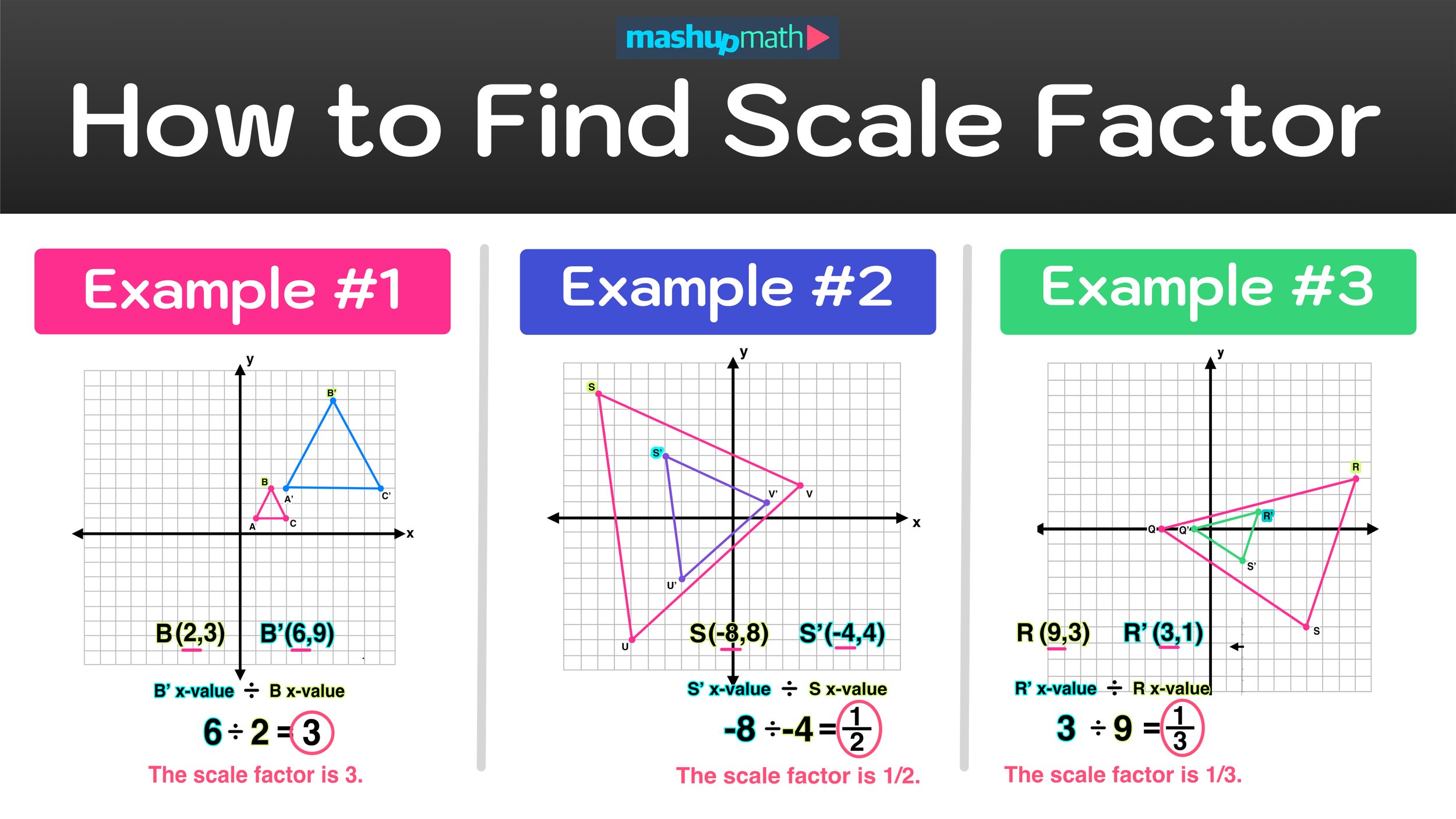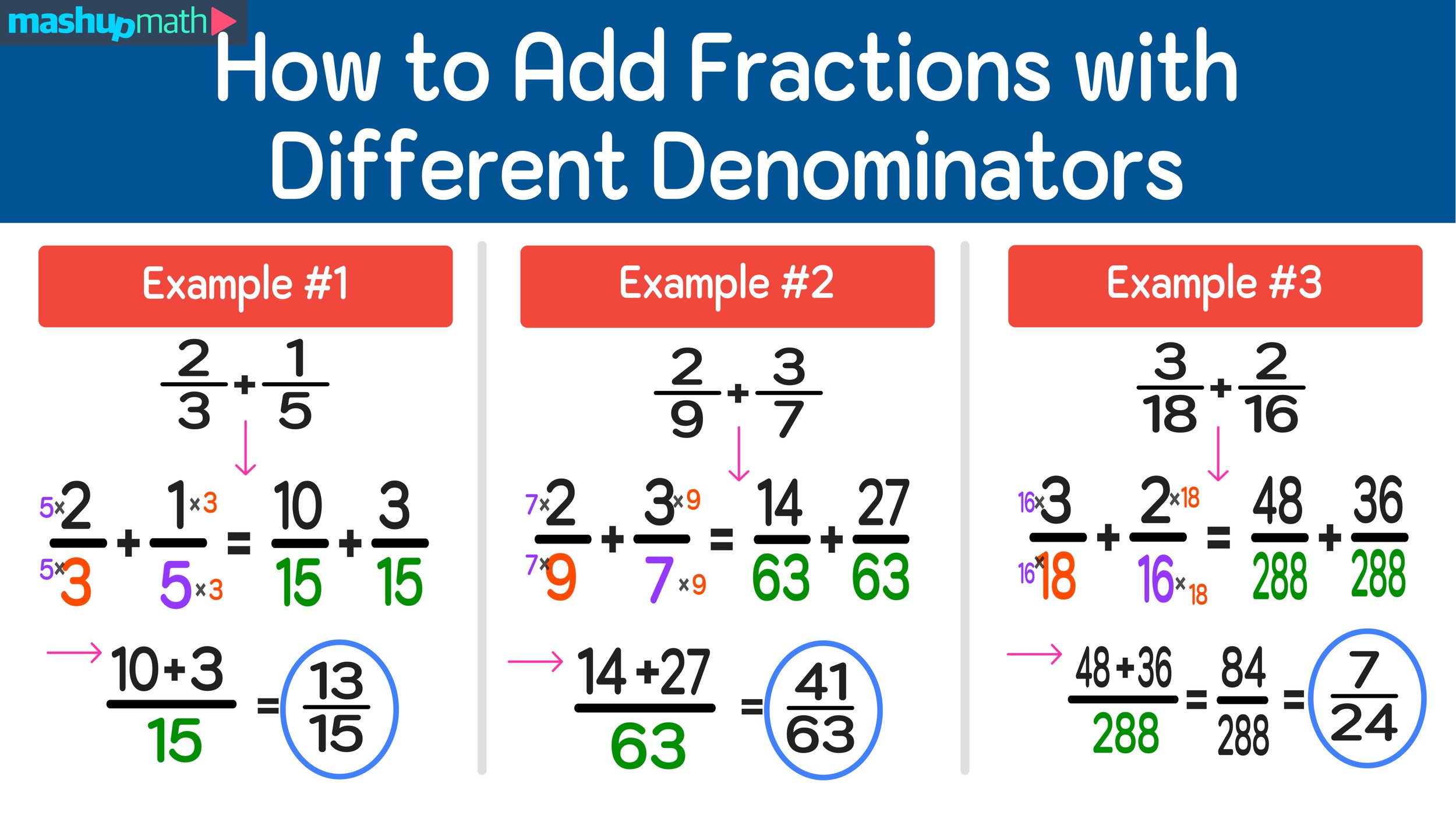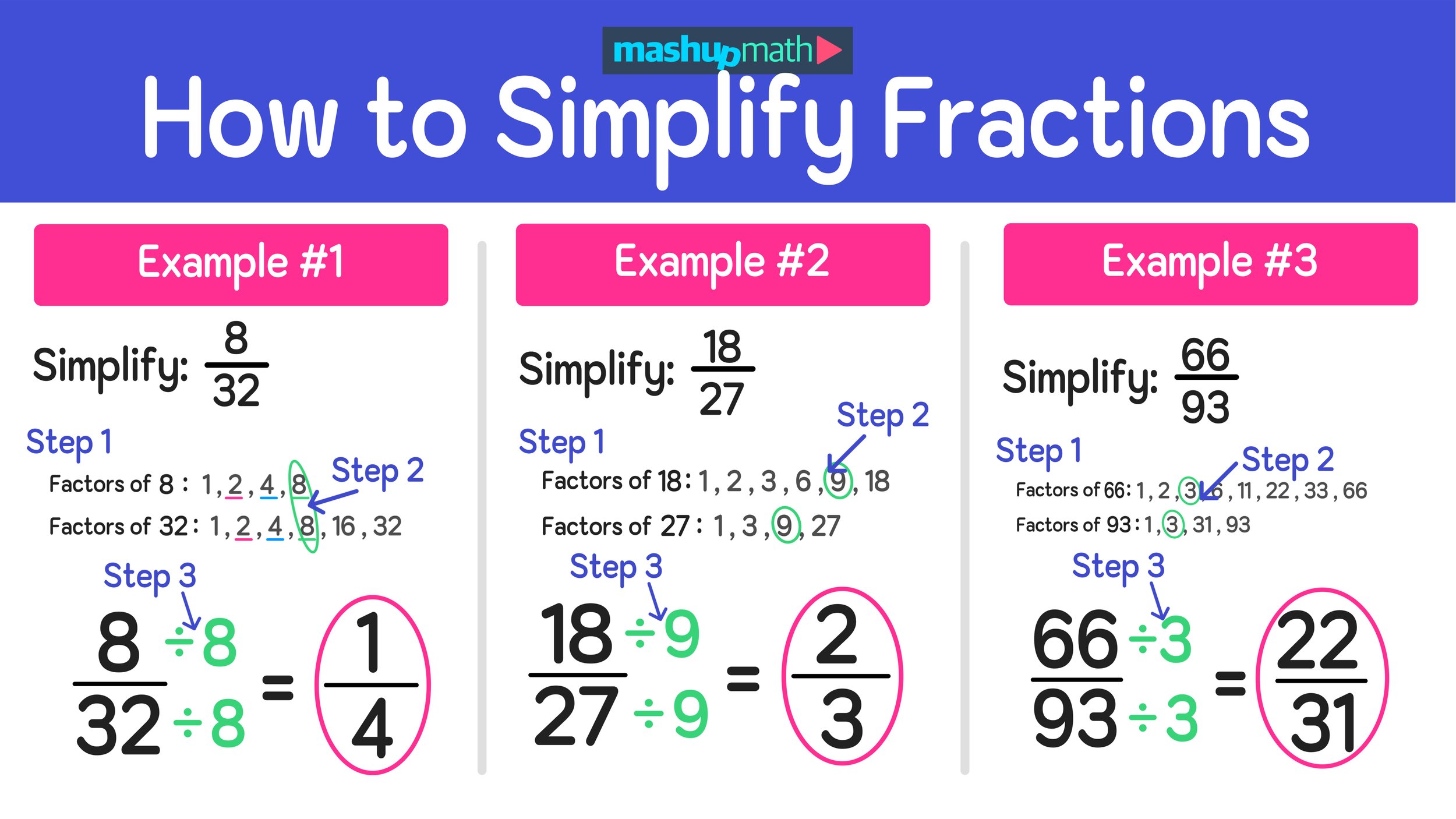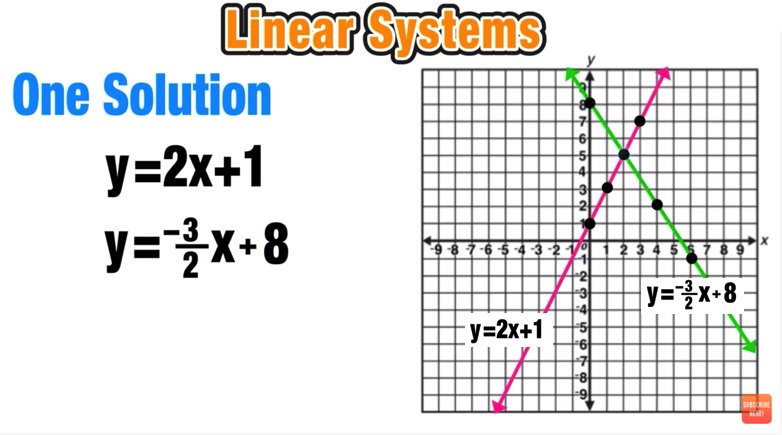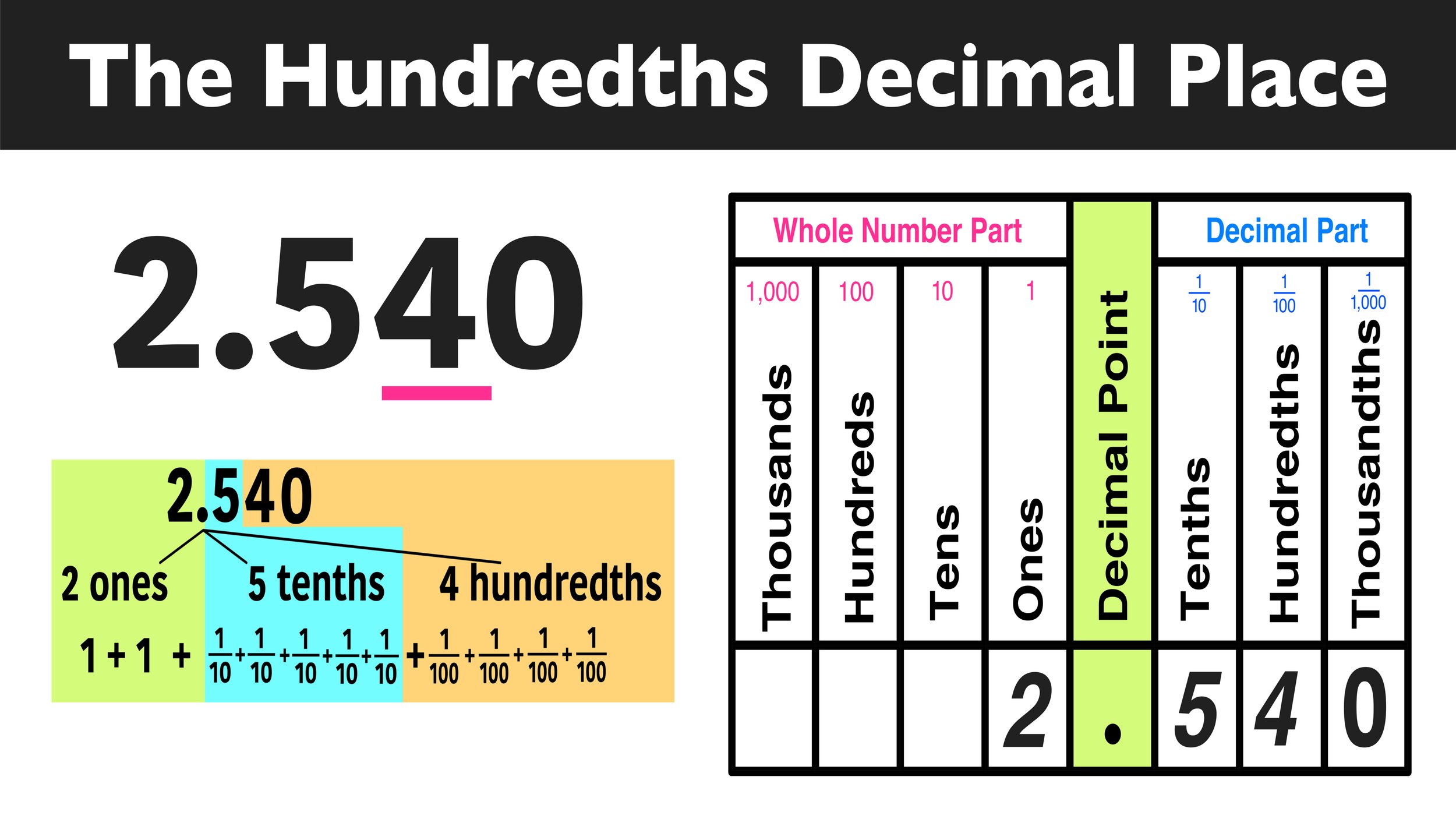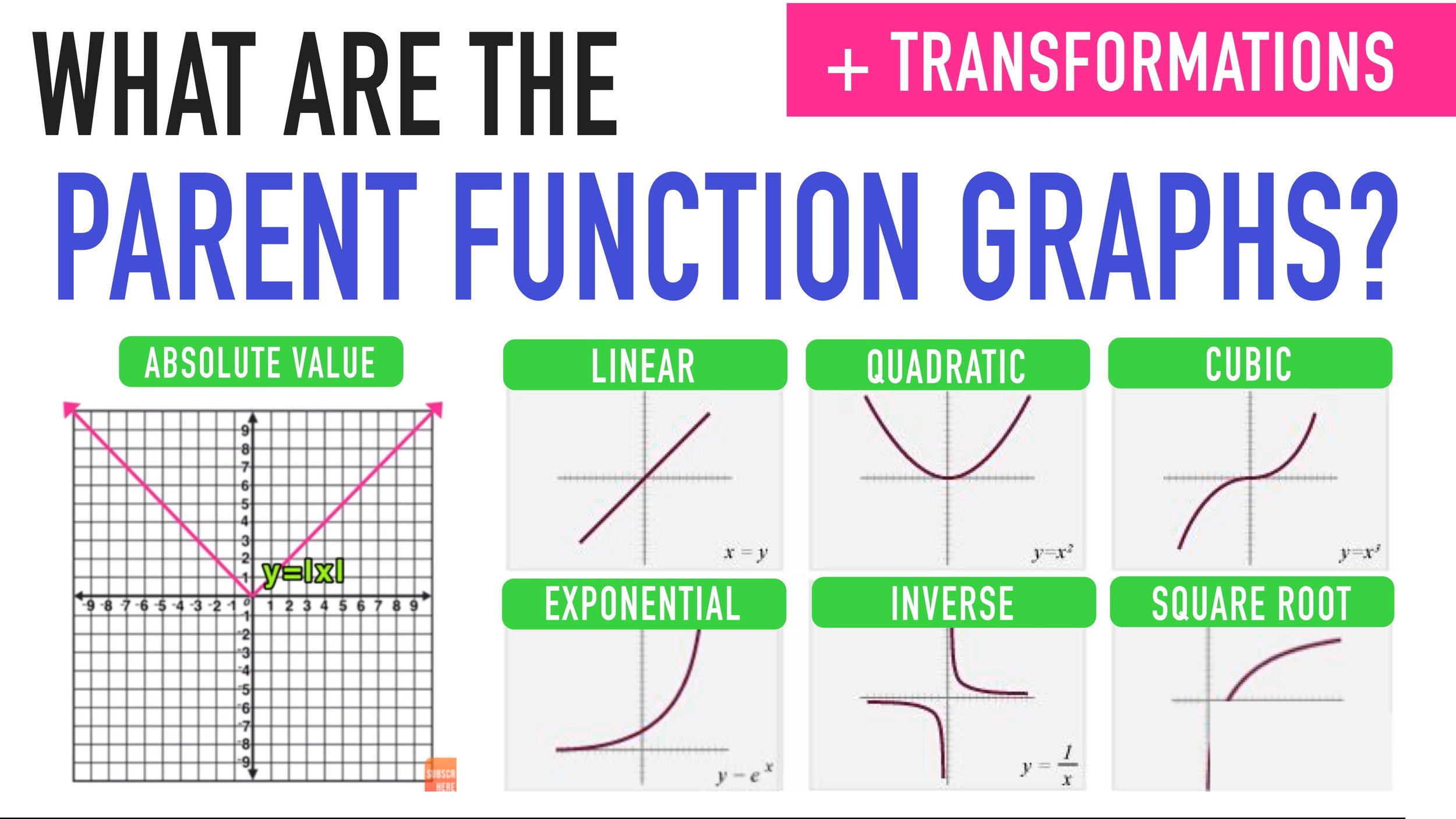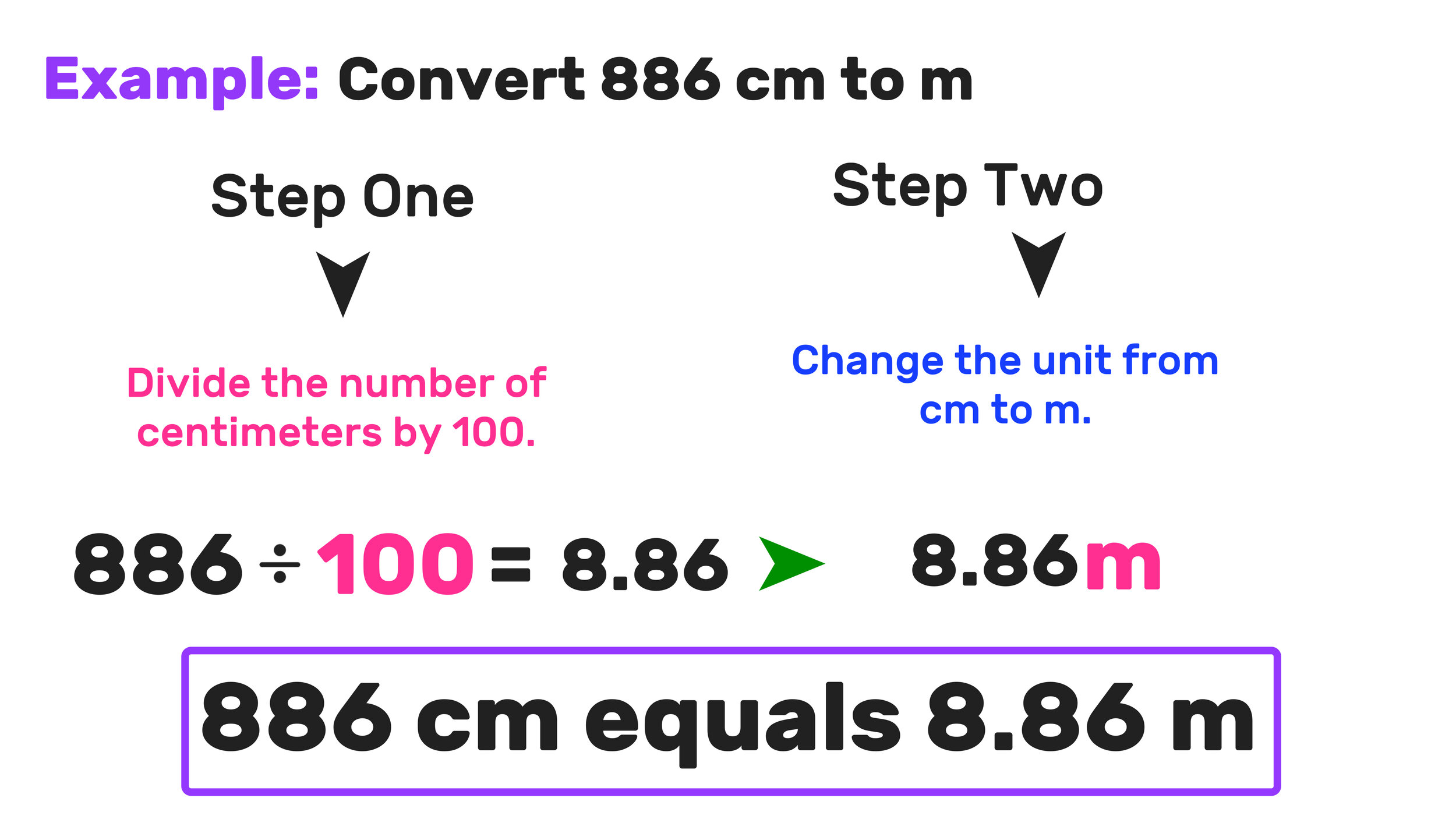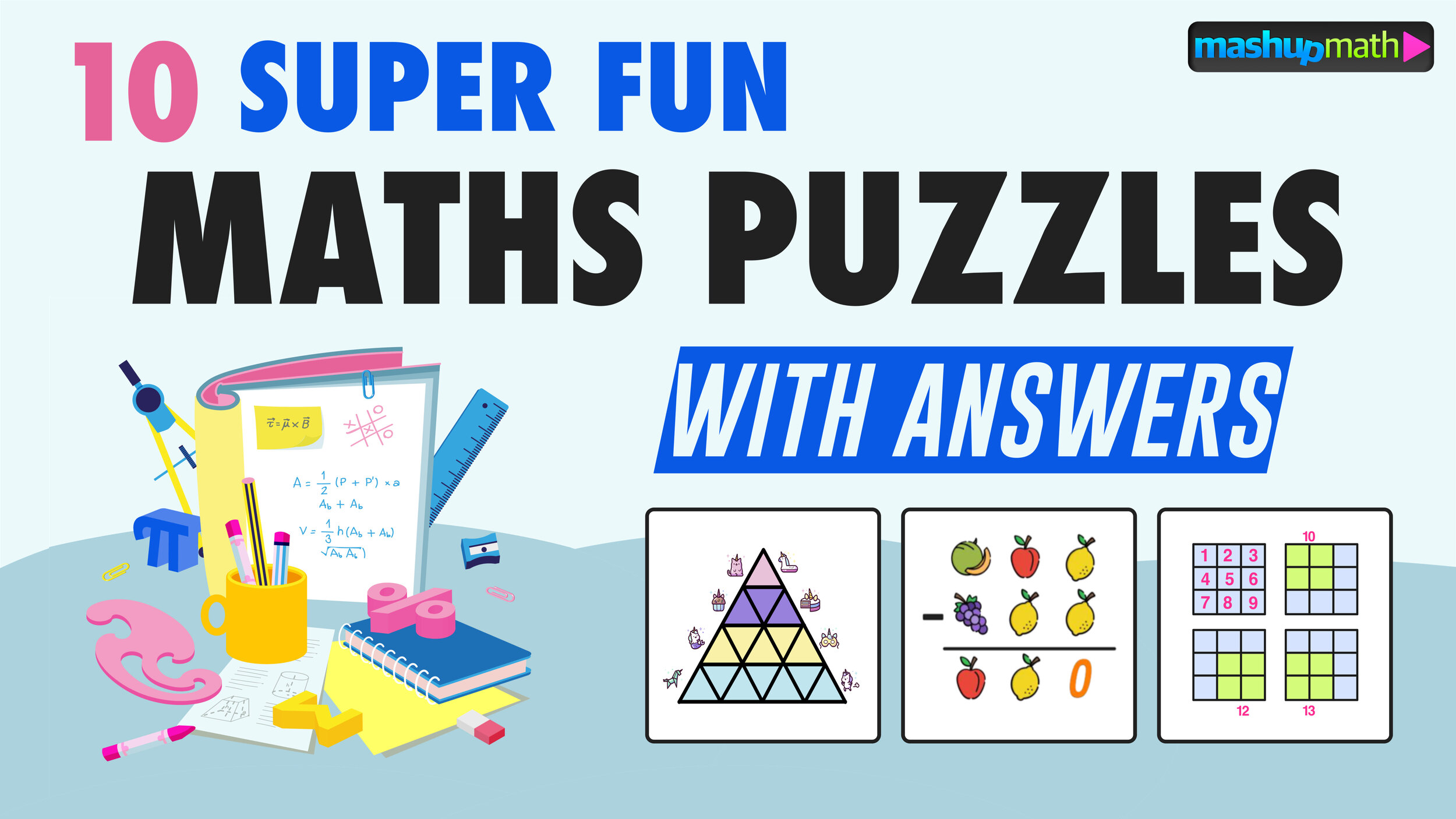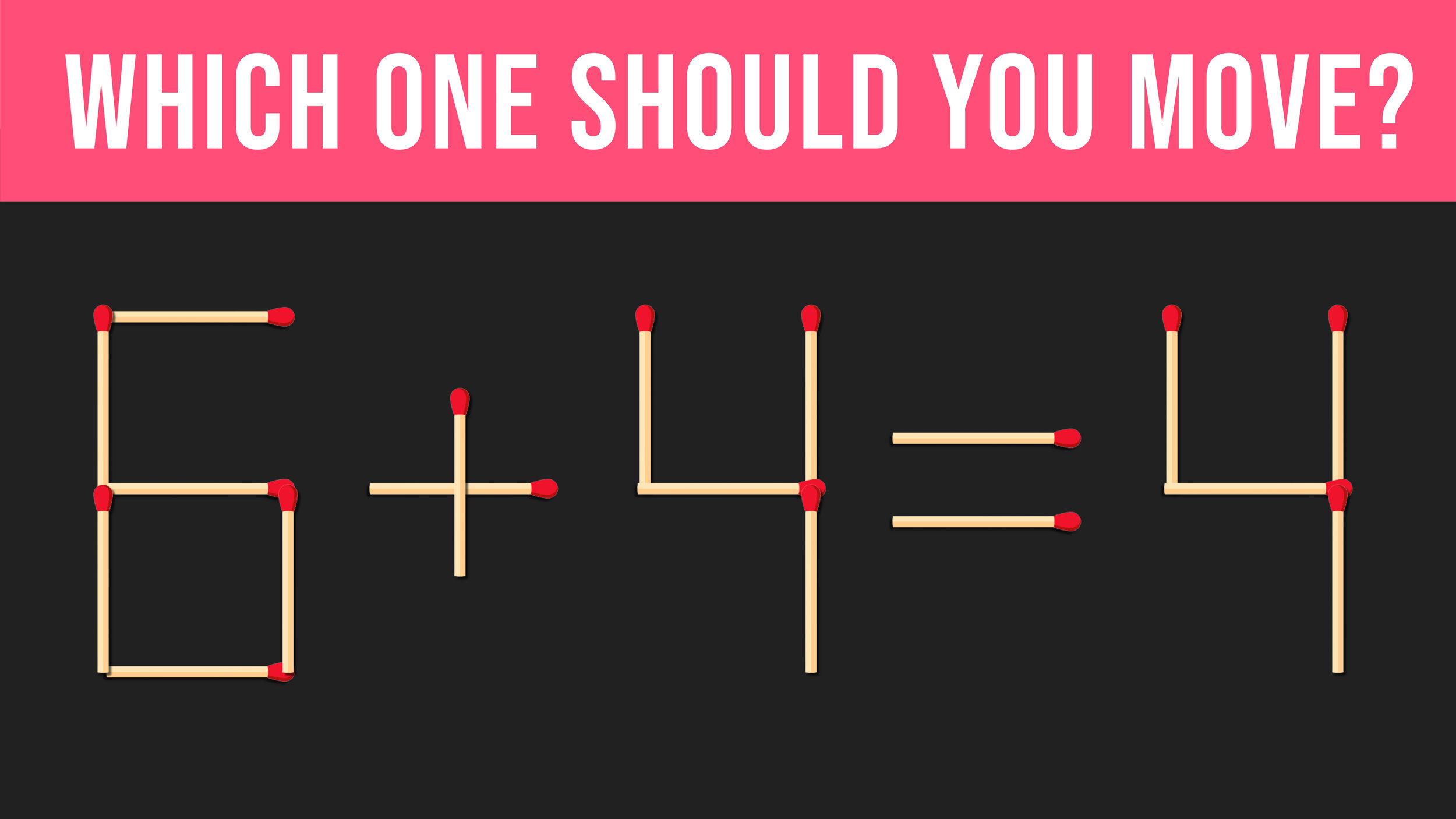Are You Ready to Celebrate Fairy Tale Day?
Did you know that February 26th is Fairy Tale Day!?
This fun holiday encourages you to read and share your favorite books and short stories from the fantasy and magic genre of literature.
And while it’s easy to celebrate this holiday in reading and literature classes, that doesn’t mean that you can’t bring some fairy tale magic into your math classroom on this special day.
So, to help you celebrate Fairy Tale Day with your math students, today we are sharing 6 super fun Fairy Tale-Themed Two Truths and One Lie! Math Activities for Grades 3-8.
Go ahead and use these activities as warm-ups, transitions, extra credit homework, or just for fun. They are great for boosting student engagement and adding some extra fun to your lesson plans. You may also like our 17 Days of Free Math Challenges and these 10 Super Fun Math Riddles for Kids (with Answers). Enjoy!
The following Fairy Tale Day Activities for elementary and middle school students are samples from my best-selling PDF math workbooks: 101 Two Truths and One Lie! Math Activities for Grades 3-5 and 101 Two Truths and One Lie! Math Activities for Grades 6-8.
Two Truths and One Lie (2T1L) math activities revolve around your students being presented with three facts, images, or statements (only two of which are true). The objective is for students to identify which statement is false and justify why (verbally, in writing, or both).
2T1L activities are an excellent strategy for boosting student engagement, sparking mathematical thinking, and opening small-group or full-class discussions. They are great for warm-up and cool-down activities during the first or final minutes of class.
Free Snack Food Math Activities for Grades 3, 4, and 5
(keep reading to get puzzles for grades 6, 7, and 8)
3rd Grade
4th Grade
5th Grade
Answer Key: 3rd Grade: 2 | 4th Grade: 3 | 5th Grade: 1
You can learn more about 2T1L activities and access more free samples here.
Wait! Get 100+ More Two Truth and One Lie Math Activities for Your Students!
Free Snack Food Math Activities for Grades 6, 7, and 8
6th Grade
7th Grade
8th Grade
Answer Key: 6th Grade: 2 | 7th Grade: 2 | 8th Grade: 2
You can learn more about 2T1L activities and access more free samples here.
Looking for more Two Truths and One Lie Math Activities?
You can now share 101 Daily Two Truths & One Lie! Math Activities for Grades 3, 4, & 5 OR Grades 6, 7, & 8 with your kids with our brand new PDF workbooks!
Here are a few more free samples that you can download and share with your kids (right-click to download each graphic and save it to your computer):
Of course, sharing math puzzles with your students is just one effective strategy for boosting engagement in your classroom. Subscribe to our mailing list here to get more free daily resources, lesson plans, ideas, and insights for K-12 math teachers in your inbox every week.
Read More Posts About Math Education:
By Anthony Persico
Anthony is the lead educator and founder of Mashup Math. He lives in Denver, Colorado and is also a YouTube for Education partner. Follow him on Twitter at @mashupmath.











